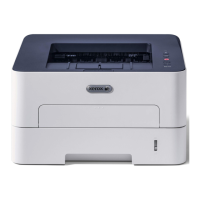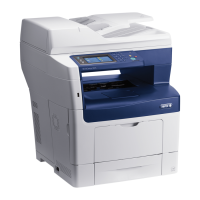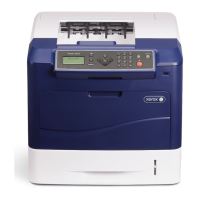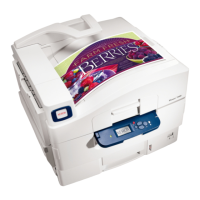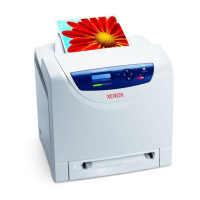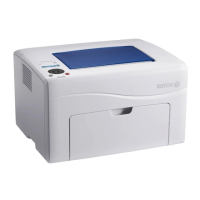About Halftones and Gray Levels
A halftoned image is a series of dots arranged in a patterned grid of halftone cells, which yields the
appearance of a complete image.
Screen frequency refers to the number of rows of halftone cells. The higher the screen frequency (in
lines per inch) the sharper the halftone image appears (see 33 and 75 LPI examples in the figure).
Screen angle refers to the number of degrees from vertical at which the halftone grid is set. The halftone
is set at an angle (usually 15, 45, or 75 degrees), to reduce moiré patterning. The idea behind halftone
screens is to make the dots as fine as possible, so that the image itself is more visible that the dots. The
observer will tend to focus on the 'big picture' while ignoring the microscopic halftone texture. When
the dots are so fine that the eye can not resolve them, the image appears to be continuous.
Tip
If you have programmed and run a job, and received unexpected results, ensure that the system-wide
settings are all set back to their defaults by clicking Clear All or Reset in the user interface. Then proceed
to do job programming pertinent to your job.
Go to Choosing the Best Halftone Setting for information on the Production System Screen Frequency
Demo Job.
Removing Lines, Streaks or Shadows (when copying or scanning)
This problem can usually be attributed to a poor original, or a dirty scanner. Try one or a combination
of the following to correct the problems.
To remove lines, streaks or shadows
• Clean the Document Glass, especially near the white plastic ramp on the left edge of the glass, if
using the Document Feeder
• Run the job from the Document Glass
18-7Xerox
®
Nuvera
®
User Guide and Training Aid (UGTA)
Problem Solving
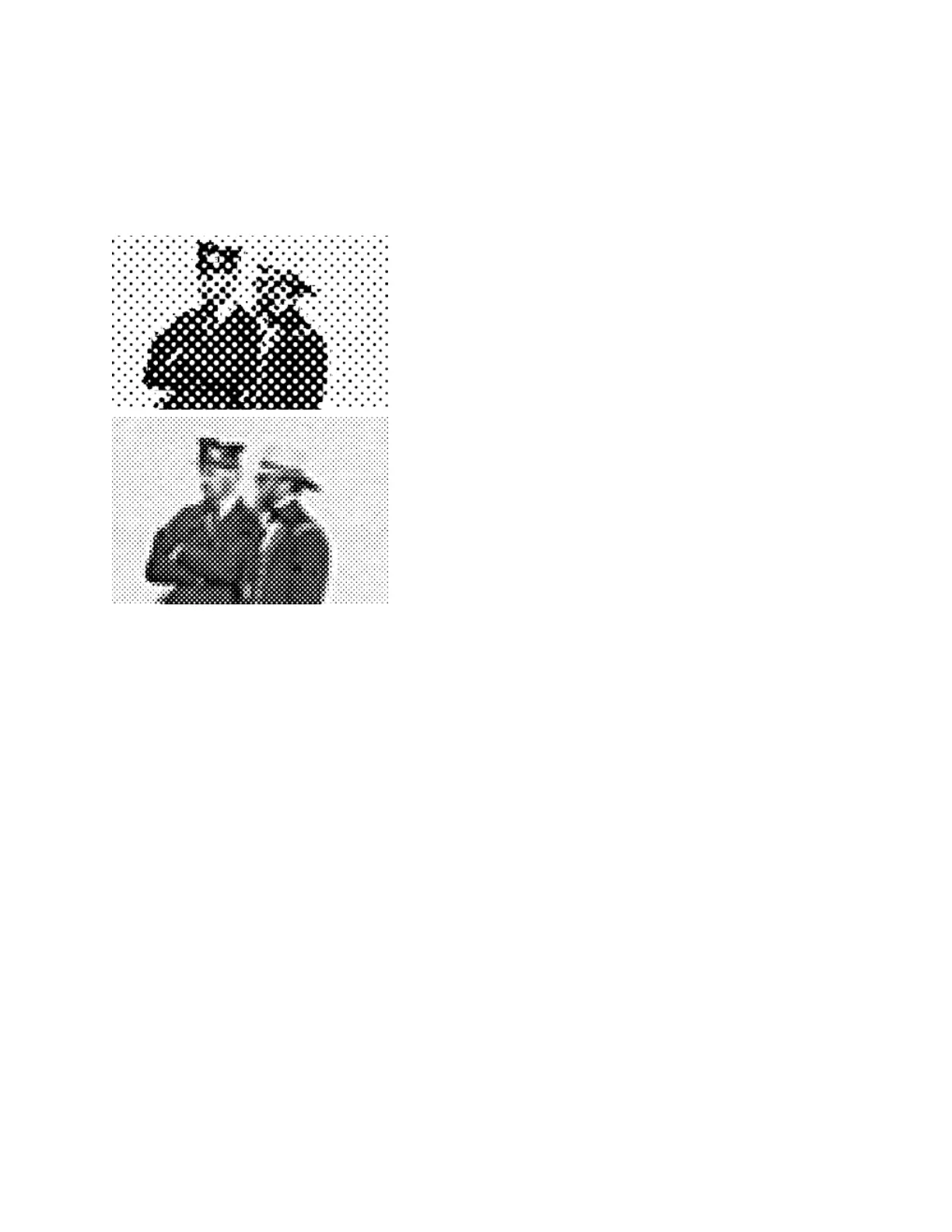